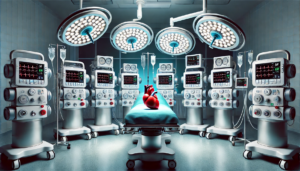
Outcomes of a Standardized Protocol on the Management of Acute Type A Aortic Dissection: A Retrospective Cohort Study
This retrospective study assessed a standardized surgical protocol implemented in 2016 for managing acute Type A aortic dissection (AAAD). Comparing pre- and post-protocol cohorts, the study found that standardized techniques improved consistency in surgical approach, reduced rates of aortic reoperations and dilations, and introduced safer cannulation and perfusion strategies. Mortality rates remained statistically unchanged, but the protocol significantly enhanced surgical outcomes.










